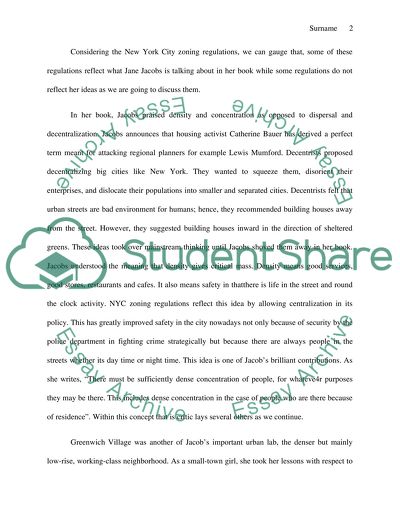Cite this document
(“New York City Zoning Regulations Vs The Death and Life of American Assignment”, n.d.)
Retrieved from https://studentshare.org/history/1469149-new-york-city-zoning-regulations-vs-the-death-and-life-of-american-great-cities
Retrieved from https://studentshare.org/history/1469149-new-york-city-zoning-regulations-vs-the-death-and-life-of-american-great-cities
(New York City Zoning Regulations Vs The Death and Life of American Assignment)
https://studentshare.org/history/1469149-new-york-city-zoning-regulations-vs-the-death-and-life-of-american-great-cities.
https://studentshare.org/history/1469149-new-york-city-zoning-regulations-vs-the-death-and-life-of-american-great-cities.
“New York City Zoning Regulations Vs The Death and Life of American Assignment”, n.d. https://studentshare.org/history/1469149-new-york-city-zoning-regulations-vs-the-death-and-life-of-american-great-cities.


